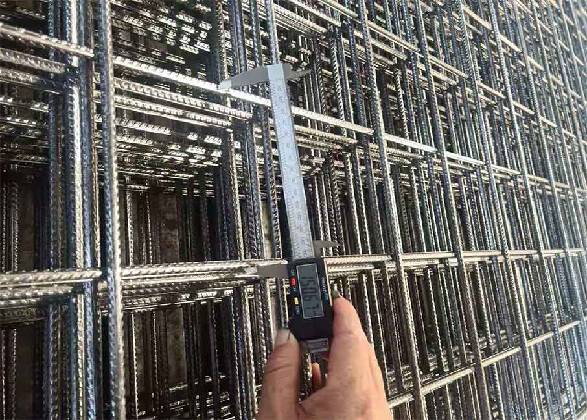Nov . 09, 2024 07:38 Back to list
China's Production and Use of Deformed Steel Bars in Construction Industry
Understanding Deformed Steel Bars in China
Deformed steel bars, commonly referred to as rebar, are a critical component in the construction industry, particularly in China, where rapid urbanization and infrastructure development are continually reshaping the landscape. These reinforced bars are designed to strengthen concrete structures by providing added tensile strength and making the composite material more durable. Understanding the production, application, and market landscape of deformed steel bars in China is crucial for industry stakeholders.
Production of Deformed Steel Bars
The production of deformed steel bars in China involves several key steps. First, high-quality steel billets are manufactured through various processes, including basic oxygen steelmaking or electric arc furnace methods. Once the raw steel is prepared, it undergoes a rolling process where it is transformed into bars with specific diameters and lengths. During this stage, deformations or ribs are rolled into the surface of the steel bars, allowing for better bonding with concrete. The most common standards for these products in China include GB 1499.2-2007, which outlines the specifications for hot-rolled deformed bars.
Chinese manufacturers have made significant advancements in production technology, which has resulted in improved quality and efficiency. The use of modern rolling mills and automation systems has allowed for higher production capacities while maintaining rigorous quality control measures. Moreover, the integration of environmental practices in steel production has become increasingly important, with many companies adopting cleaner technologies to reduce emissions and energy consumption.
Applications of Deformed Steel Bars
Deformed steel bars are widely utilized in various construction applications across China. Their primary use is in reinforced concrete structures, including buildings, bridges, highways, and tunnels. By enhancing the tensile strength of concrete, these bars allow structures to withstand heavy loads, seismic activity, and various environmental stresses.
In recent years, the demand for high-rise buildings and infrastructural projects has surged, especially in rapidly growing urban areas. The shift towards more complex architectural designs necessitates the use of high-quality deformed steel bars to ensure safety and longevity. Additionally, the trend towards prefabrication in construction has also increased the demand for these products, as they are essential components of precast concrete elements.
china deformed steel bar

Market Landscape
The deformed steel bar market in China is characterized by fierce competition, driven by both local and international players. Leading manufacturers dominate the market, benefitting from economies of scale and established relationships with construction companies. Despite a strong domestic production capability, China also imports deformed steel bars to meet specific quality requirements and to fulfill demand in niche segments.
The market has faced fluctuations due to varying steel prices, which are influenced by global commodity markets, domestic demand, and government policies. The Chinese government often plays a critical role in regulating the steel industry, implementing measures to control overcapacity, and promoting sustainable practices. This regulatory environment has a significant impact on pricing and availability of deformed steel bars.
Challenges and Future Trends
While the future looks promising for the deformed steel bar industry in China, several challenges remain. Environmental concerns related to steel production are becoming more pronounced as the country strives to achieve its carbon neutrality goals by 2060. This push for sustainability may drive innovation in production processes and the development of alternative materials.
Moreover, with the construction industry becoming increasingly digitized, there is potential for advanced technologies like Building Information Modeling (BIM) and automation to reshape how deformed steel bars are utilized in construction projects. The integration of these technologies can lead to more efficient designs, reduced waste, and optimized resource allocation.
In conclusion, deformed steel bars are essential to China’s construction ecosystem, supporting the nation’s ongoing development and modernization efforts. As challenges arise, adaptability and innovation will be key to ensuring the industry's growth and sustainability for years to come.
-
High-Quality Steel Grating Solutions for Industrial Applications | Durable, Safety, Customization
NewsJul.13,2025
-
Advanced Solutions-CompanyX|Enterprise Efficiency&Cost Reduction
NewsJul.13,2025
-
Sustainable Manufacturing-EcoTech Innovations|Waste-to-Energy System&Zero Emissions
NewsJul.13,2025
-
Welded Wire Mesh- Buildings Wiremesh Co., Ltd.|Durable Construction Material&Industrial Strength Solution
NewsJul.13,2025
-
Smart Production Solutions-Example Corp|AI Automation&IoT Monitoring
NewsJul.13,2025
-
Advanced Industrial Solutions-Advanced Industrial Solutions|Manufacturing Efficiency&Productivity
NewsJul.13,2025

